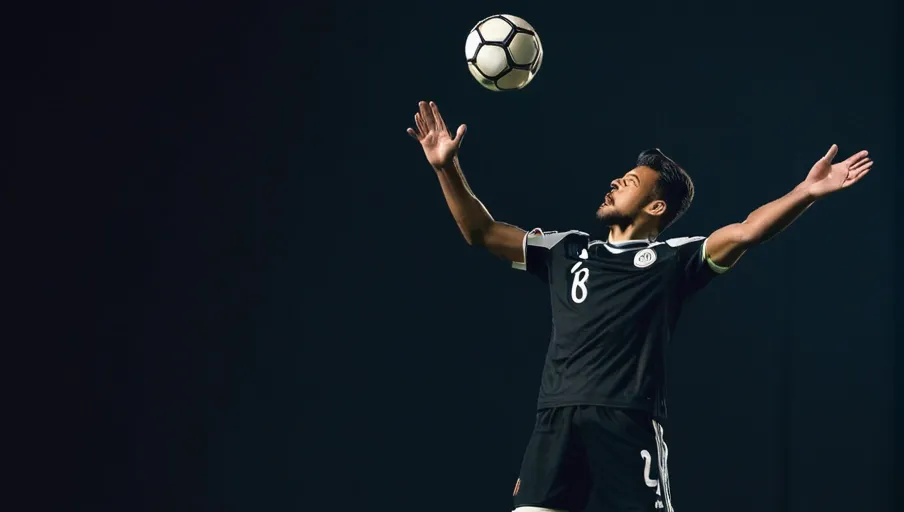
Are you looking to improve your soccer skills without physical contact?
No-contact soccer drills are a great way to improve your agility, ball handling, and accuracy without risking injury.
Learn about the benefits of no-contact soccer drills, types of drills, how to set them up, and tips for executing them.
Get ready to become a better soccer player with no contact drills!
- Reduces risk of injury and disruptions in practice
- Fosters focus on technical and tactical skills
- Enhances awareness and decision-making abilities
- Allows for individual skill development within a team setting
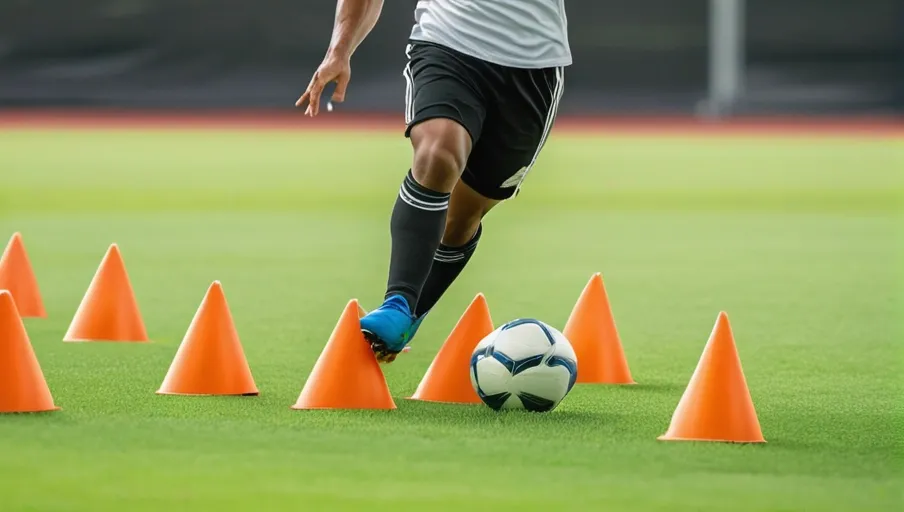
You can reap many benefits from no-contact soccer drills.
Player safety is a key factor, as it reduces the risk of injury and disruptions in practice.
No-contact drills also allow players to focus on developing their technical and tactical skills in a controlled and safe environment.
Furthermore, these drills can also be used to help players become more aware of their surroundings and acquire decision-making abilities.
As a result, drills without contact can be a great way to improve a player’s overall level of play.
In addition, players can take advantage of the freedom to practice at their own pace and develop their individual skills while still working as a team.
No-contact soccer drills are a great way to help your team become safer, stronger, and more successful.
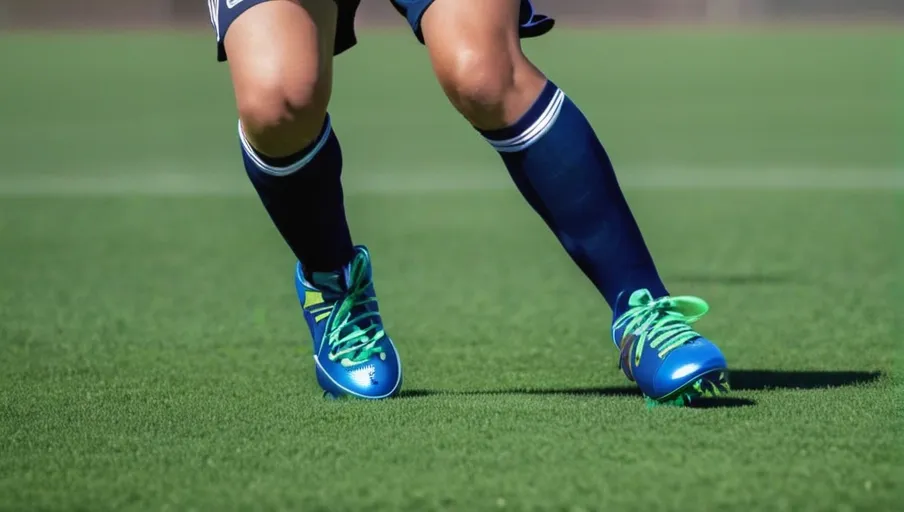
Knowing the types of no-contact drills can help you get the most out of your soccer practice. Drills range from running drills to passing drills, allowing you to work on the aspects of the game you need to improve. Here are some of the drills that you can use in a no-contact setting:
- Running Drills: These drills focus on improving agility, speed, and endurance. Examples include running through obstacles and sprints.
- Passing Drills: These drills focus on improving accuracy, ball control, and communication. Examples include wall passing and passing patterns.
- Conditioning Drills: These drills focus on improving physical fitness and stamina. Examples include shuttle runs and sprints.
No-contact soccer drills are a great way to improve your skills without the risk of contact injuries. With the right drills, you can become a better soccer player with the freedom to work on the areas you need the most.
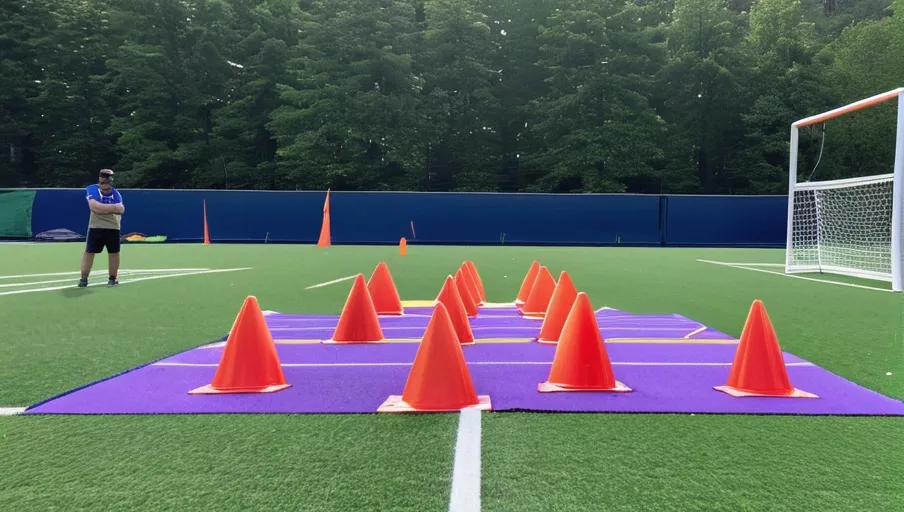
Setting up no-contact soccer drills can help you maximize your practice and improve your skills.
Gear preparation is key to success, and the type of gear you need depends on the type of drills you’re doing. Make sure you’ve got a ball, some cones, and a net, if needed. Additionally, you should have some kind of marker, such as a stick, to indicate the boundaries of the drill.
Once the gear is ready, the focus should be on skill development. You can set up drills to practice passing, dribbling, shooting, or any other fundamental skill.
It’s also important to be mindful of the size of the drill. Make sure it’s not too big or too small to accommodate the number of players you have.
With the right preparation, no contact soccer drills can be a great way to improve your skills.
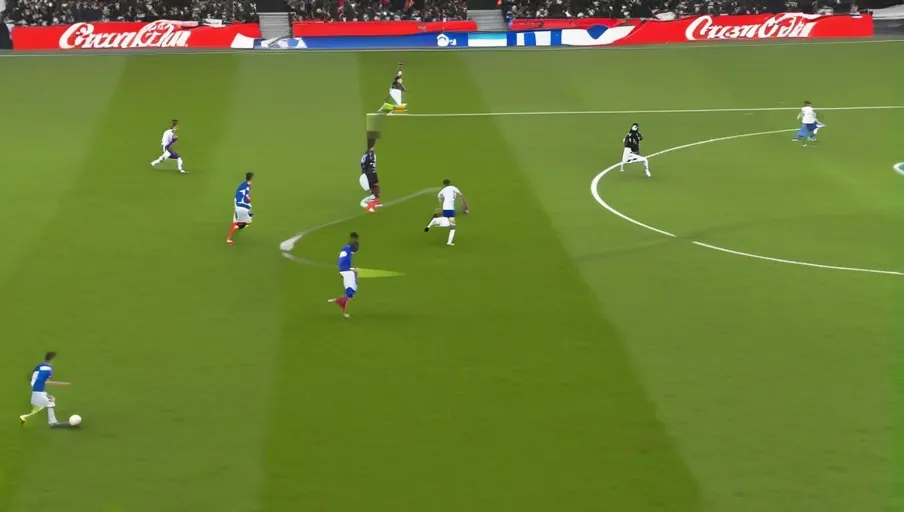
When setting up no contact drills, it’s important to consider the size of the drill, the gear needed, and the skill you want to focus on. Optimizing safety, smart training, and efficient execution are key considerations for successful no contact drills.
Ensure the drill is designed to the right size for the players and the space available. Use appropriate gear such as cones, balls, and bibs. Focus on one skill at a time, such as passing, receiving, and dribbling.
Executing no contact soccer drills effectively and safely requires careful planning and attention to detail.
Practicing without contact is an important part of the game, and it’s vital to have all the necessary equipment and safety precautions in place.
When setting up drills, make sure you provide adequate space between players. Also, provide clear instructions to each player on the exercise and ensure they understand the rules and regulations.
When it comes to equipment, make sure to provide appropriate soccer balls, cones, and other items necessary for the drill.
Finally, it’s important to ensure that players are always aware of their surroundings and are practicing safely.
With the right planning, no contact soccer drills can be a great way to improve your team’s skills and provide an enjoyable experience.
No contact soccer drills provide a great way to practice the game without risking injury. By understanding the types of drills, setting up the playing area, and considering key factors, you can ensure that the drills are safe and effective.
With the right approach, you can develop your skills and have fun without any contact. So why not give it a try?
